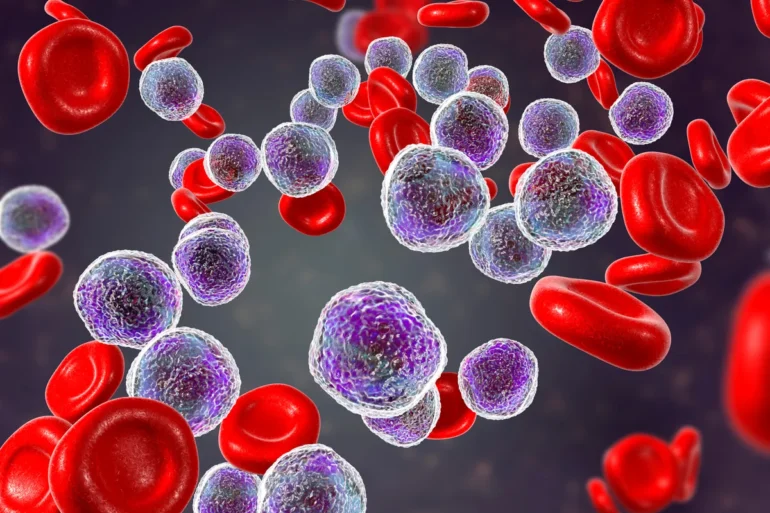TL;DR:
- Collaboration between IT specialists and medical professionals unveils AI-based method for predicting genetic characteristics in leukemia patients.
- Ultra-high-resolution scans of bone marrow smears from over 400 AML patients were used, providing unprecedented detail.
- Innovative Deep Learning algorithm autonomously identifies genetic aberrations and subtle patterns not discernible by human observers.
- End-to-end AI pipeline reduces manual preparatory work for machine learning.
- Early insights into genetic aberrations offer critical information for swift leukemia diagnosis, especially in aggressive cases.
- Potential for digital methods and AI to revolutionize personalized treatment recommendations for malignant diseases.
- Study paves the way for similar approaches in diagnosing and treating other bone marrow diseases.
Main AI News:
In a groundbreaking study published in the prestigious journal Blood Advances, a collaboration between IT specialists and medical professionals at the University of Münster and the University Hospital Münster unveils a revolutionary method that leverages artificial intelligence (AI) to predict various genetic characteristics. This innovative approach relies on high-resolution microscopic images of bone marrow smears, heralding a new era in leukemia diagnosis and treatment.
The heart of this pioneering method lies in the extraction of genetic aberrations from ultra-high-resolution multi-gigabyte scans of bone marrow smears collected from over 400 Acute Myeloid Leukemia (AML) patients. These scans boast an astonishing resolution of 270,000 times 135,000 pixels on average, with individual images reaching several gigabytes in size. From this vast dataset, over two million single-cell images were meticulously extracted.
Professor Benjamin Risse, at the forefront of algorithmic development on the IT side, elaborates on the cutting-edge Deep Learning method devised for this complex task. “Our advanced algorithm autonomously identifies genetic characteristics and subtle patterns within extensive cytological images,” states Risse. “The method not only categorizes single-cell images into different cell types but also identifies genetic aberrations that often elude human observers. These elusive patterns may be too faint or consist of exceedingly fine textures, invisible to the human eye, despite superior imaging.“
What sets this method apart is its end-to-end AI pipeline, which minimizes manual preparatory work typically associated with machine learning. This feat is accomplished through a combination of unsupervised, self-supervised, and supervised learning processes. The first two processes require no human intervention, focusing on automatically extracting relevant content from the image data.
Dr. Linus Angenendt, leader of the Personalized Cancer Therapy and Digital Medicine working group at Münster University Hospital, explains the incremental approach employed when dealing with challenging cell images, which can result from staining errors, among other factors. “Our method involves intermediary steps with human expert oversight, especially when examining problematic cell images,” says Angenendt.
While this innovative approach cannot entirely replace genetic analyses, it provides invaluable early insights into the genetic aberrations underpinning leukemia. This early knowledge is particularly crucial in cases of aggressive diseases when waiting for complete genetic analyses is not an option.
The research team believes that the integration of digital methods and artificial intelligence will play an increasingly pivotal role in handling extensive medical datasets and tailoring personalized treatment recommendations for patients with malignant diseases. This study lays a solid foundation for similar approaches in the diagnosis and treatment of other bone marrow diseases, setting the stage for a transformative era in medical care.
Conclusion:
The emergence of AI-powered leukemia diagnosis signifies a monumental shift in the healthcare market. With the ability to provide early insights into genetic aberrations, this method accelerates decision-making and enhances the efficiency of treatment for leukemia patients. Moreover, it paves the way for broader applications of AI and digital methods in handling complex medical datasets, offering unprecedented opportunities for personalized care and setting the stage for transformative advancements in healthcare.

